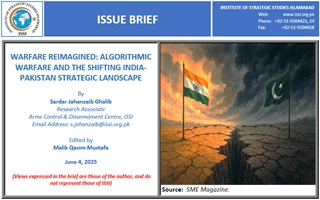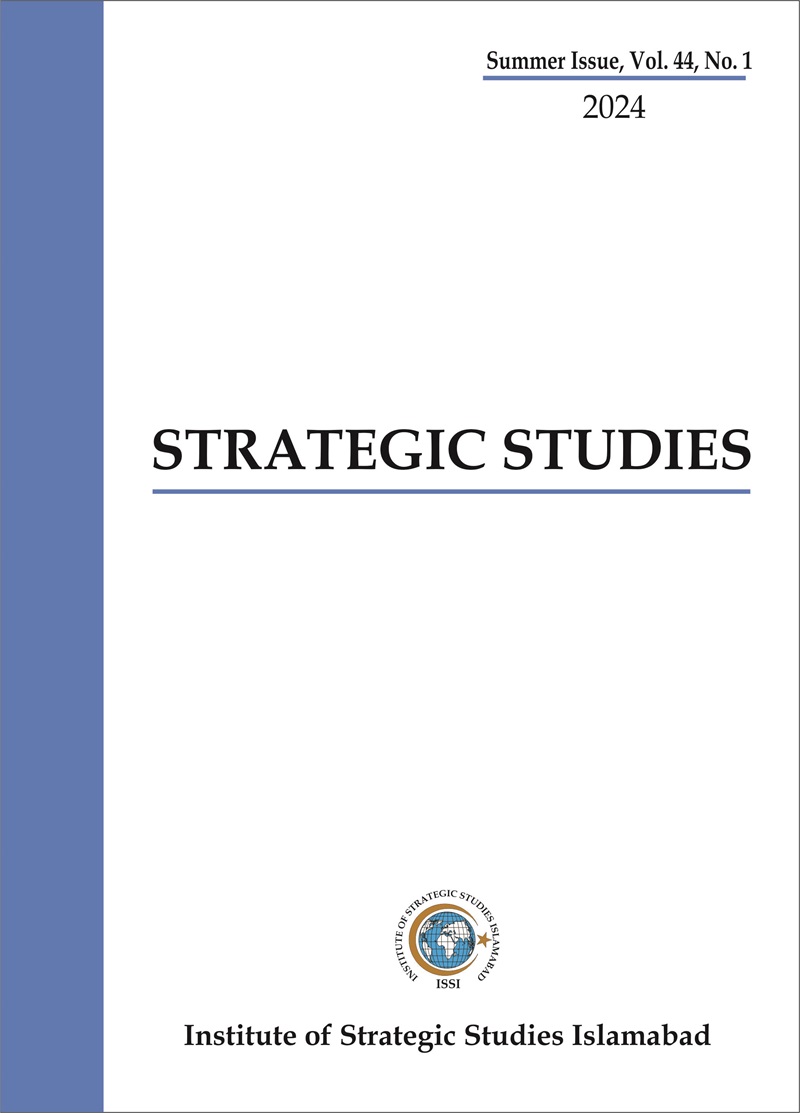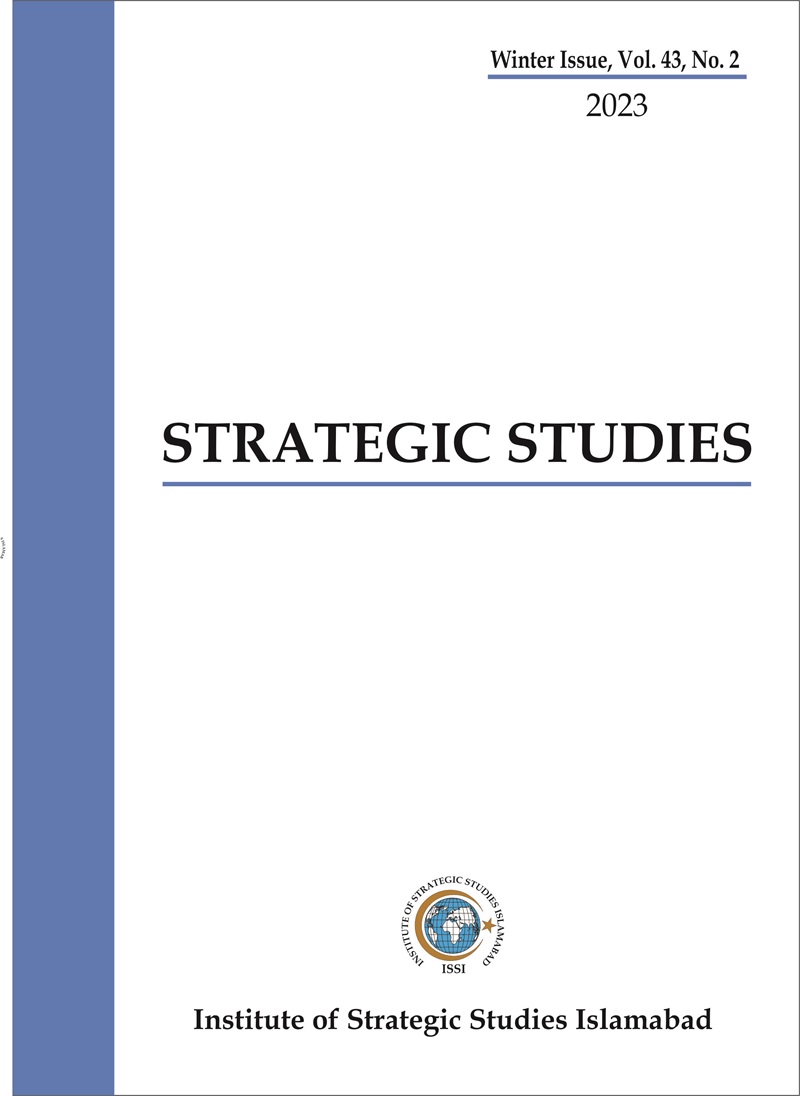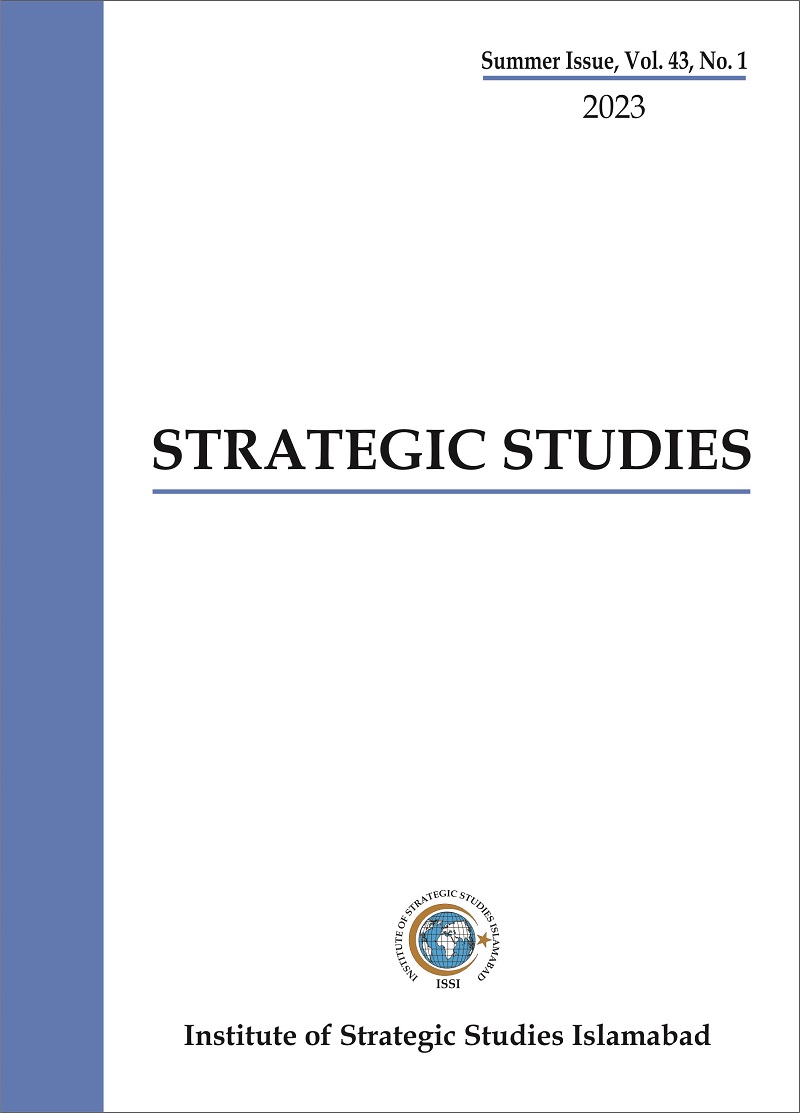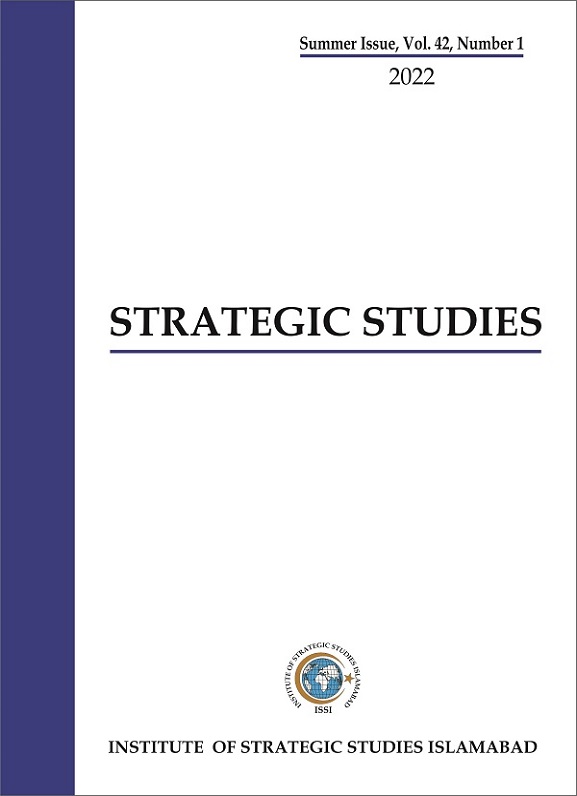Modern warfare has undergone a significant transformation from traditional land-based confrontations to technologically driven, cross-domain engagements, as evidenced by the recent trajectory of India-Pakistan tensions. In the past, territorial attacks, ground operations, artillery, and conventional military manoeuvres were the defining characteristics of conflicts between the two countries. However, in the present day, these conflicts have evolved from cross-border strikes to algorithmic warfare; the battlefield has further expanded to airspace, the electromagnetic spectrum, cyberspace, and hybrid warfare. This expansion was at full display in the recent India-Pakistan tensions. On May 7, 2025, India, under Operation “Sindoor,” initiated serious escalation by launching missile strikes against Pakistan and Azad Jammu and Kashmir (AJ&K).[1] The Indian Air Force (IAF) deployed Dassault Rafale jets, which carried out the operation using the SCALP long-range air-launched cruise missile and Highly Agile Modular Munition Extended Range (HAMMER), an air-to-ground, precision-guided missile system.[2] Pakistan responded immediately by intercepting 5 Indian combat aircraft and an IAI Heron drone, Medium-Altitude Long-Endurance (MALE) unmannd aerial vehicle (UAV), through ground-to-air and air-to-air defence systems and with fighter jets predominanty of Chinese origin equipped with PL-15 beyond visual range (BVR) missiles.[3]
Home ISSI Publications Articles Issue Briefs Issue Brief on “Warfare Reimagined: Algorithmic Warfare and the Shifting India-Pakistan Strategic...







